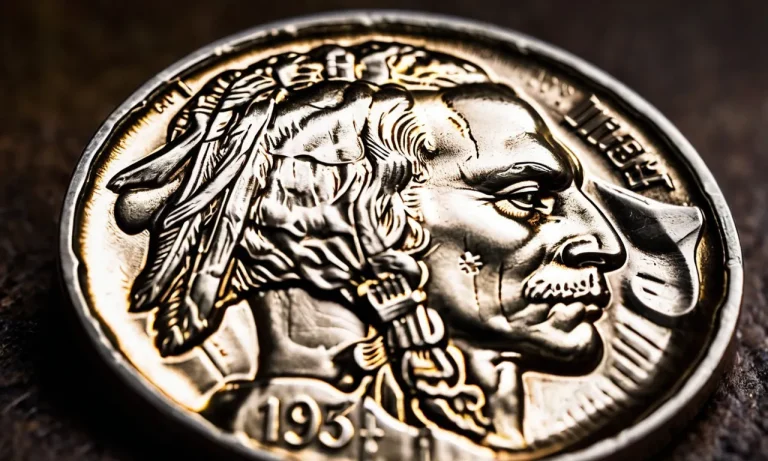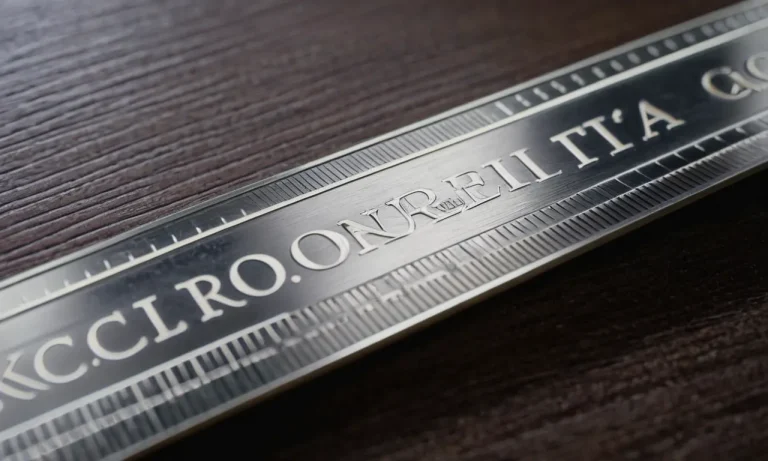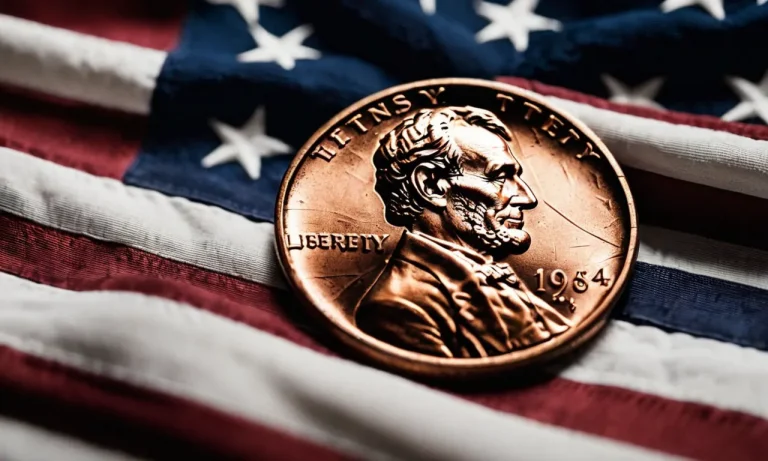Does nickel silver tarnish? Nickel silver, also known as German silver, is a popular metal alloy valued for its bright, silvery appearance. But a common question surrounding nickel silver is: does it tarnish? If you’re short on time, here’s a quick answer to your question: Nickel silver can tarnish, but generally tarnishes much less than sterling silver.
Tarnish on nickel silver also develops more slowly compared to sterling silver.
In this comprehensive article, we’ll take an in-depth look at nickel silver and examine the factors that influence tarnish formation on this alloy. We’ll discuss how nickel silver is made, how it differs from sterling silver, and what you can do to prevent or remove tarnish if it does develop.
What is Nickel Silver?
Nickel silver, also known as German silver, is a metal alloy that consists of copper, nickel, and zinc. Despite its name, nickel silver does not actually contain any silver. It was named so because of its silver-like appearance.
This alloy has been used in various industries for its durability, malleability, and corrosion resistance.
Composition and Properties
Nickel silver is primarily composed of copper, with nickel and zinc making up the rest of the alloy. The exact composition can vary depending on the specific application and desired properties. Typically, it contains around 60-70% copper, 10-30% nickel, and 10-20% zinc.
One of the key properties of nickel silver is its silver-like appearance, which makes it a popular choice for jewelry, silverware, and decorative items. It has a bright, lustrous finish that can resemble sterling silver.
However, it is important to note that nickel silver does not have the same intrinsic value as silver.
Nickel silver is also known for its excellent corrosion resistance. It does not readily tarnish or oxidize, making it a low-maintenance option for various applications. Additionally, it is a highly malleable alloy, allowing it to be easily shaped and formed into intricate designs.
Differences from Sterling Silver
While nickel silver may resemble sterling silver in appearance, there are some distinct differences between the two alloys. Sterling silver is composed of 92.5% silver and 7.5% other metals, usually copper.
This higher silver content gives sterling silver a higher intrinsic value and a greater susceptibility to tarnish.
In contrast, nickel silver does not tarnish as easily as sterling silver. This is because it does not contain a significant amount of silver. However, it is important to note that nickel silver can still undergo some oxidation over time, especially when exposed to certain environmental factors such as humidity and sulfur compounds.
Furthermore, nickel silver is often used as a base metal for silver-plated items. The nickel silver base provides strength and durability, while the silver plating gives it a more luxurious appearance.
This combination allows manufacturers to create affordable silver-like items without the high cost of solid silver.
Does Nickel Silver Tarnish?
Nickel silver, also known as German silver, is an alloy made primarily of copper, nickel, and zinc. Many people wonder if this popular metal tarnishes over time. Let’s take a detailed look at whether nickel silver tarnishes or not.
Less Reactive than Sterling Silver
Unlike sterling silver, nickel silver is less reactive to its surroundings. This means that it is less likely to tarnish as quickly as sterling silver does. Tarnishing occurs when the surface of a metal reacts with the oxygen, moisture, and other elements in the air.
While nickel silver can still tarnish, it does so at a slower rate compared to sterling silver.
It’s important to note that the term “silver” in nickel silver is a bit misleading, as it does not contain any actual silver. The name “nickel silver” was given due to its silver-like appearance.
Factors That Contribute to Tarnishing
Although nickel silver is less prone to tarnishing than sterling silver, it can still develop a patina over time. Several factors contribute to the tarnishing of nickel silver:
- Exposure to moisture: Moisture is one of the main culprits behind tarnishing. When nickel silver comes into contact with moisture, such as sweat or water, it can lead to the formation of a greenish or brownish patina on the surface.
- Air pollutants: Pollutants in the air, such as sulfur compounds, can accelerate the tarnishing process. This is especially true in areas with high pollution levels.
- Acidic substances: Exposure to acidic substances, such as certain foods, cleaning products, or even certain lotions, can cause nickel silver to tarnish more quickly.
To prevent tarnishing, it’s recommended to store nickel silver jewelry or items in a dry and clean environment. Avoid exposing them to excessive moisture or harsh chemicals. Regular cleaning and polishing can also help maintain the shine and luster of nickel silver.
For more information on nickel silver and its properties, you can visit metalsupermarkets.com.
Preventing and Removing Tarnish
Proper Storage and Handling
Proper storage and handling of nickel-silver items can significantly reduce the risk of tarnish. When not in use, it is important to store nickel silver items in a clean, dry place. Exposure to moisture, humidity, and air can accelerate tarnishing.
Therefore, it is recommended to store nickel silver items in airtight containers or bags to prevent tarnish formation. Additionally, it is advisable to keep these items away from direct sunlight and extreme temperature fluctuations, as these factors can also contribute to tarnishing.
Furthermore, it is essential to handle nickel-silver items with clean hands. Oils, lotions, and other substances on the skin can transfer onto the surface of the metal, leading to tarnish. By handling nickel-silver items with care and cleanliness, the risk of tarnish can be minimized.
Effective Polishing and Cleaning
Regular cleaning and polishing can help remove tarnish from nickel-silver items and keep them looking their best. There are various commercial cleaning products available specifically designed for nickel silver, which can effectively remove tarnish.
It is important to follow the instructions provided by the manufacturer when using these products.
Alternatively, homemade cleaning solutions can be used to remove tarnish from nickel silver. One popular method is to create a paste using baking soda and water. Gently apply the paste to the tarnished areas, let it sit for a few minutes, and then rinse it off with warm water.
This method can help restore the shine and remove tarnish from the surface of nickel silver.
Regular maintenance is key in preventing tarnish from building up on nickel-silver items. By incorporating proper storage practices and regular cleaning routines, it is possible to preserve the beauty and luster of nickel silver for years to come.
Does Nickel Silver Tarnish – Conclusion
In summary, while nickel silver can technically tarnish, it has a much higher resistance to tarnish compared to sterling silver. Tarnish formation happens slowly, and can be minimized with proper care and maintenance.
But if tarnish does occur, it can be effectively removed through gentle polishing and cleaning. With its bright finish and reduced maintenance, nickel silver is an excellent choice for jewelry, decor, and other applications calling for an attractive, long-lasting silver appearance.





